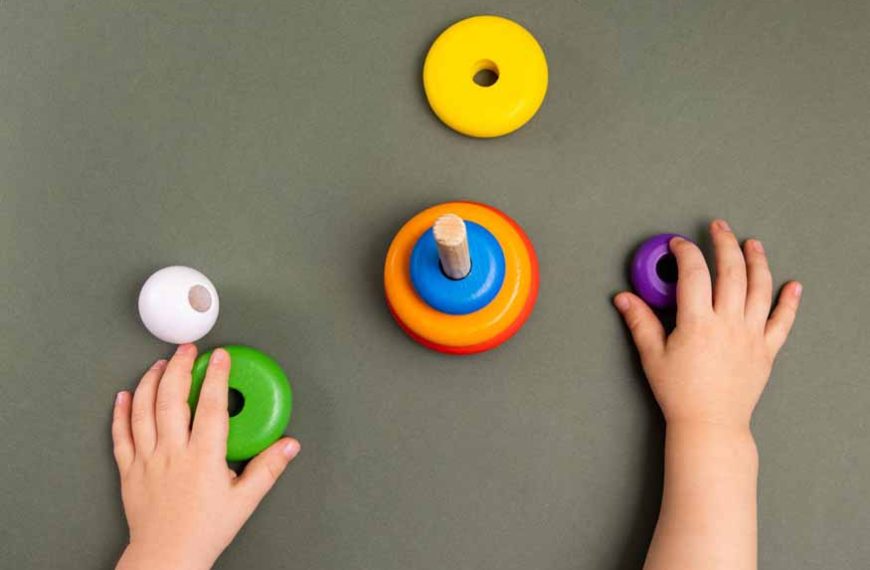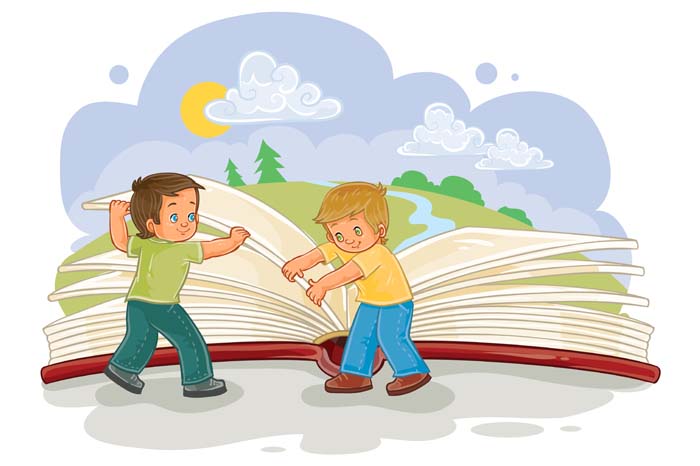Have you ever looked up at the starry night sky and wondered where everything is? Ever marvelled at how astronauts navigate the vast emptiness of space? It turns out that describing the position of objects in space is not just for astronauts; it’s a fantastic way to boost your child’s spatial awareness and ignite their curiosity about the cosmos!
In this blog, we’ll blast off on a fun-filled journey into the incredible world of positional play, where we’ll learn some cool space object names and how to describe the whereabouts of space objects! So, get ready to grab your little astronauts and explore:
Why Spatial Awareness Matters
Spatial awareness is a crucial aspect of a child’s development. It’s the ability to understand objects in terms of their relative positions and dimensions. This skill helps in problem-solving, understanding of shapes, navigation, and even in sports. By learning where an object is located in space and familiarising themselves with space object names, children develop better coordination, concentration, and an understanding of their environment.
- Cosmic Compasses: Finding Space Stars
- Celestial Signposts: Constellations, the Guardians of the Sky
- Celestial Grids: Mapping the Vastness with Dots and Lines
Imagine space as a giant playroom, but one without walls or floors. So, how do we know where stars, planets, and spaceships are in this cosmic playground?
The answer lies in using handy reference points, just like landmarks in your city!
The Steadfast North Star:
Think of Polaris, the North Star, as your trusty compass in the starry sky. Unlike its fickle earthly cousins, Polaris remains steadfastly perched above the North Pole, a beacon eternally pointing north. No matter where you are on Earth, if you face Polaris, you face north – your first step in describing the celestial dance around you.
Just like constellations tell stories on Earth, in the heavens they weave patterns of glittering stars, acting as familiar signposts in the cosmic expanse. Remember Ursa Major, the majestic Big Dipper? You can point to the two stars marking its handle and say, “Look! Cassiopeia, the Queen, sits perched on the Dipper’s tip.” These twinkling constellations become reference points, allowing you to say, “The Moon winks playfully just below Orion’s mighty belt.”
Imagine the starry sky as a giant connect-the-dots game. Celestial coordinates, the lines and numbers woven across the heavens, are like those connecting dots, pinpointing the exact location of any object. Think of them as cosmic addresses, allowing you to say, “Jupiter, the gas giant, reigns supreme at right ascension 12 hours, declination -20 degrees, a celestial king perched near Virgo’s starry sprawl.”
Now that we have our cosmic compasses, let’s unleash our inner space-describing superheroes! Here are some fun ways to engage your child in positional playtime:
Stargazing Scavenger Hunt: Create a list of space objects with their positions, like “Venus, to the right of the bright crescent moon” or “Saturn, with its rings, below Orion’s belt.” Send your child on a stargazing quest to find each one, teaching them celestial directions and object location.
Cosmic Craft Time: Make colourful planets, stars, and rockets. Then, use them to create mini space scenes and practice describing their positions relative to each other. “The red Mars is zooming past the green Earth, which is closest to the yellow Sun.”
Storytelling in Space: Weave a starry tale where you’re astronauts on a mission. Describe the positions of asteroids you need to dodge, planets you explore, and even other spaceships you encounter.
Beyond Spatial Awareness: The Benefits of Positional Play:
This playful exploration of space positions isn’t just fun – it also has amazing benefits for your child’s development:
Spatial awareness: Describing positions strengthens their mental map of the world, both near and far, improving their coordination and problem-solving skills.
Communication skills: They learn to use clear and concise language to describe positions, boosting their vocabulary and communication abilities.
Imagination and creativity: The open-ended nature of space play fuels their imagination and encourages them to think creatively.
Scientific curiosity: As they learn about space objects and their positions, their natural curiosity about science and the universe grows.
Encouraging Spatial Language in Everyday Conversation
One effective way to enhance a child’s spatial awareness is by incorporating spatial language into everyday conversations. Using terms like ‘above’, ‘below’, ‘next to’, ‘far’, and ‘near’ helps children understand and visualise spatial relationships in real-world scenarios. For instance, while setting the table, you might say, “Place the fork next to the plate” or “The glass goes above the spoon.” These simple instructions provide practical, hands-on learning experiences. Additionally, during storytime, parents and educators can describe the positions of characters and objects in the story, helping children to visualise and understand the narrative better. Engaging children in conversations about the layout of their rooms, the arrangement of furniture, or the organisation of their toys can also be beneficial. This practice not only boosts their spatial vocabulary but also encourages them to observe and think critically about the space around them.
Space-Themed Creative Arts for Enhanced Learning
The creative arts provide an excellent platform for teaching children about space and spatial concepts. Activities like drawing, colouring, or crafting space-themed art projects encourage children to visualise and represent space objects and their positions creatively. For instance, creating a collage of the solar system where children place planets in their respective orbits helps reinforce their understanding of the order and position of planets. Painting star constellations or crafting a 3D model of a spaceship can also be exciting and informative. These art projects can be displayed in classrooms or homes, serving as a constant learning aid. Moreover, engaging in such activities allows children to express their understanding and interpretation of space, fostering both creativity and cognitive skills. EuroKids incorporates such creative arts into its curriculum, providing children with a stimulating environment where learning about space is not only educational but also immensely enjoyable.
Fueling the Spark: A Stellar Suggestion!
If this positional playtime inspires your child’s love for space, consider enrolling them in EuroKids’ enriching programmes! With their unique focus on experiential learning and a curriculum that sparks curiosity about the world around us, EuroKids provides a stimulating environment where your child’s cosmic journey can truly take flight.
So, join EuroKids and let your little astronaut’s journey to the stars begin! Remember, it’s not just about where space objects are, but about the incredible imagination and knowledge that take us there!














